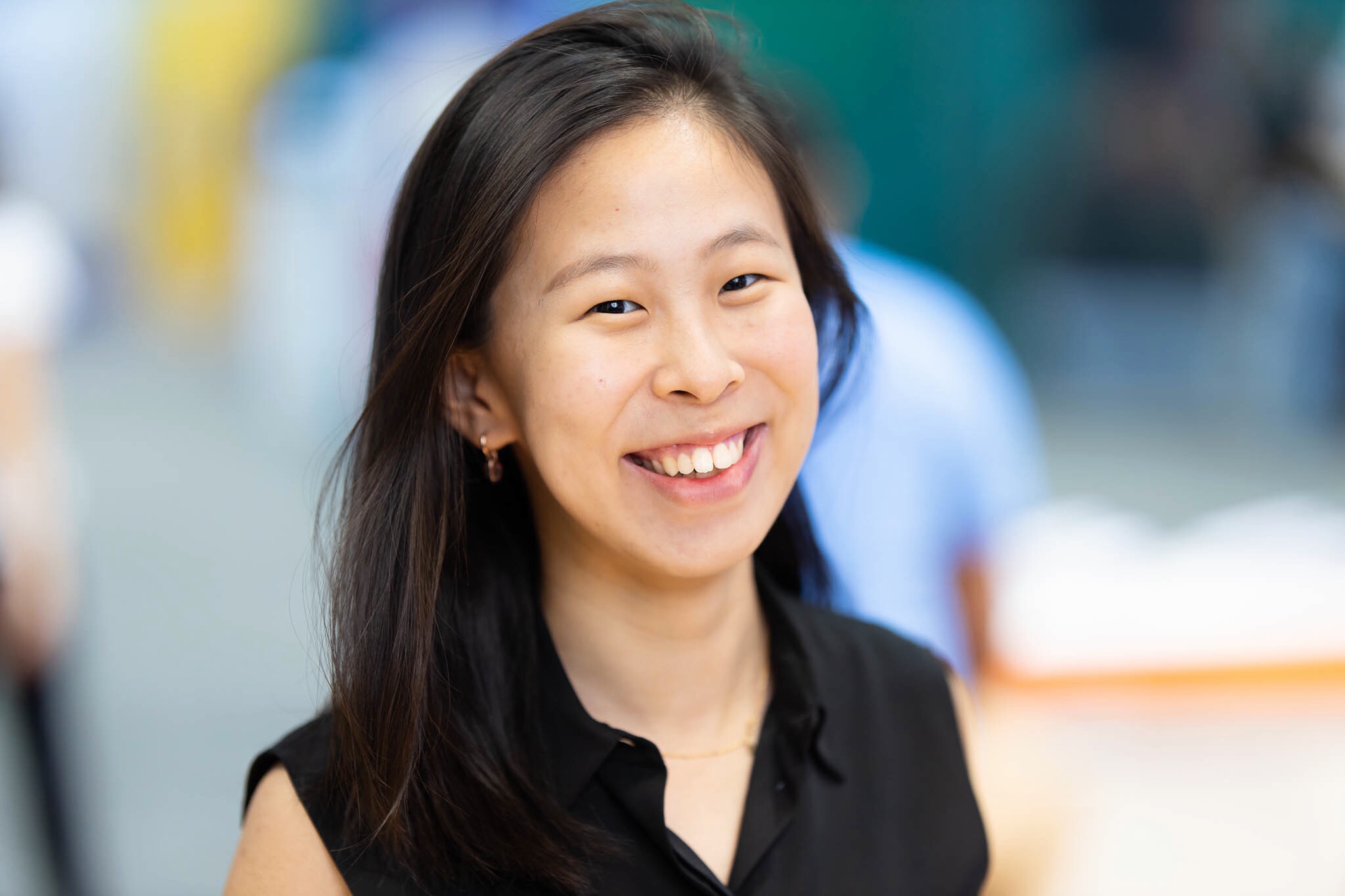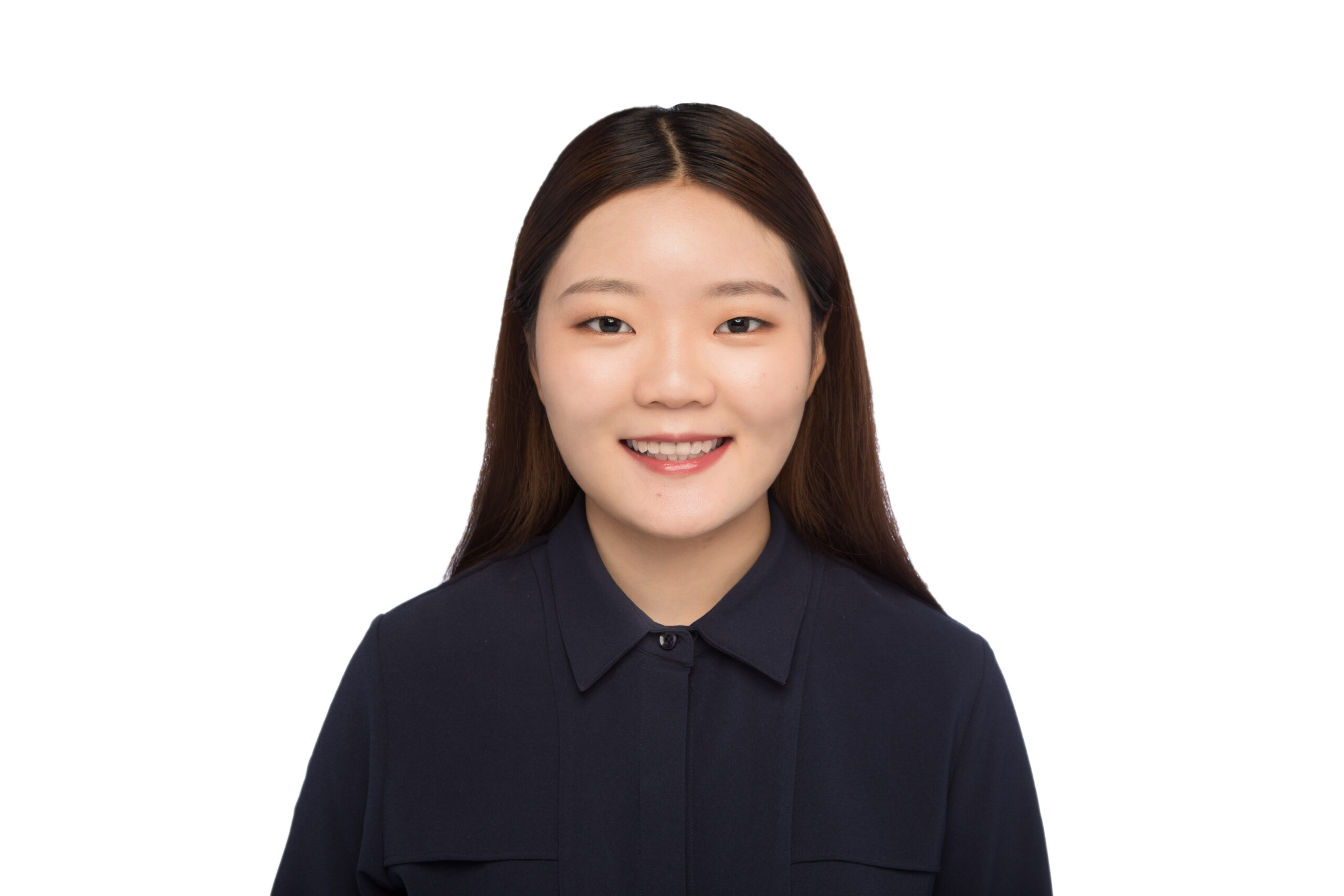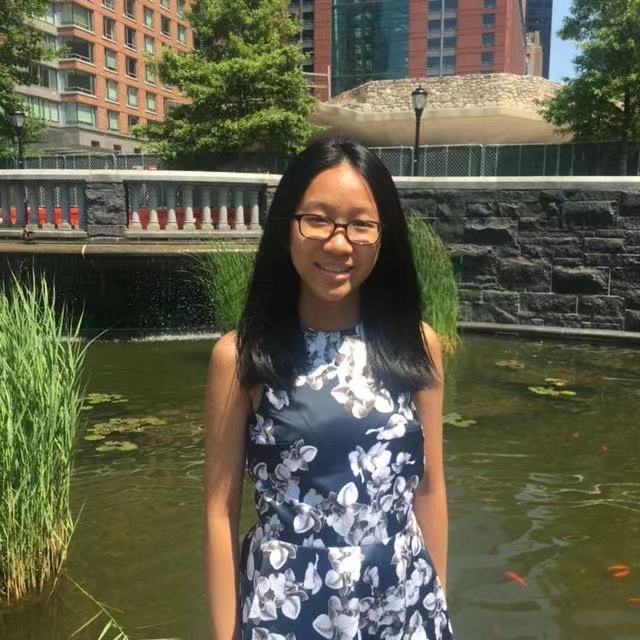About Rochester Museum & Science Center
This project is sponsored by Rochester Museum and Science Center (RMSC). RMSC is a Rochester local museum that includes three parts: Science Museum, Strasenburgh Planetarium, and Cumming Nature Center. The mission of the RMSC is to inspire a better future for all through curiosity, exploration, and participation in science, culture, and the natural world.
Project Vision
To spur museum membership growth, encourage donations from members, and increase overall museum revenue
Project Objectives
1) Data visualization showing patterns of membership transactions and renewals
2) Create a program that can use new CSV transaction file inputs to output a list of members who may be likely to renew or donate
3) An education module to explain to non-data-scientists how the conclusions were achieved
Findings & Next Steps
From the membership transaction table, we have the following conclusions. First, the cumulative member count increases within 2015-2018, but it decreases a little bit in 2019. Besides, for each year, both the join count and the renewal count are relatively large in the first and fourth quarter. And members renew their membership on average after 477 days.
From the earned revenue table, we investigated the relationship between days between membership renewals and the number of visits made and we can draw the following conclusions that 50 percent of people visit 1-2 times, 30 percent of people visit 3-5 times and the rest visit 6-10 times.
From the complete journey table, we can draw the following conclusions. First, the renewal and join count both increase during 2015-2019. People are mostly like to join and renew in February and December, which are around the spring break and winter break. Second, people would like to visit the museum most frequently in their first join and first renew. Third, members of different memberships have varying preferences when choosing activities to participate in RMSC could target specific membership level visitors to their most frequent program.
From exploratory analysis of the donation table, we can see the following trends. First, people usually make donations at the beginning of their membership journey, for instance, when they first join. Second, member donation amount goes down as time goes on. Third, the average donation amount of grandparents is the highest among all membership levels.
We encountered some challenges in dealing with the donation table. First, we have very limited donation records of around only 300 records, so we went for visualization graphs instead of predictive modeling.
Second, we tried to predict the amount of donation through linear regression model but it turned out that donation cannot be well predicted by a linear model.Third, there is significant class imbalance for people who donated versus those who didn’t. If we had more time for this project, we would work on finding a better fit model to predict donations from members.
In the next step, our team is going to present the findings to the Rochester Museum and Science Center board committee. We are hoping to gain constructive feedback from the museum administrators to further improve our data analysis and ensure it caters to the analytical needs of the museum. Due to significant class imbalance and limitation on the number of records, we were not able to construct useful predictive models on the donation table. The analysis would have been more interesting if it had included these predictive models and this task could be a potential step for our future analysis.





